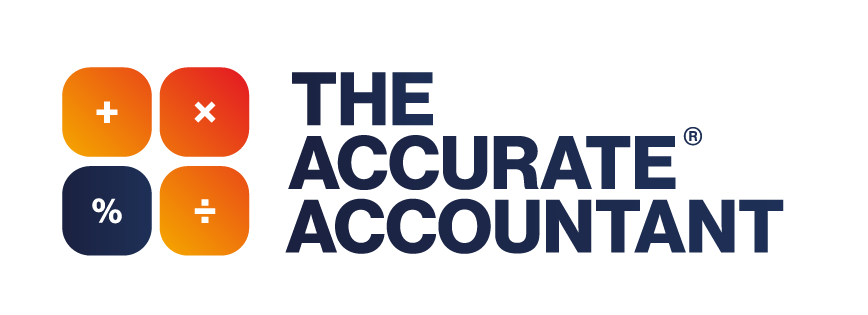Cash Flow vs Profit: What’s the Difference and Which is More Important?
It’s the age-old debate: cash flow or profit? Whilst the two are undoubtedly related, they are certainly not the same thing and business owners must often sacrifice one at the expense of the other. In the long term, a business needs both positive cash flow and profits to continue operation, but which one should entrepreneurs be prioritising? Some say that “cash is king” whilst others argue that “profit is everything,” but what is the truth? Let’s take a closer look and find out.
What is Cash Flow?
Cash flow is the money flowing in and out of a business. It refers to available funds rather than money tied up in uncollected profits or hard assets. A business needs cash in order to continue operations; without it, the owner cannot pay suppliers, staff and utility bills, or purchase inventory. If your business is a car, then cash flow is the petrol in the tank - you can’t move forward without it.
There are three main types of cash flow:
Operating cash flow: the amount of cash generated from regular business operations, such as sales.
Investing cash flow: cash earned from investments, such as securities, property or the sale of assets. During a period when your business is actively investing, this number may be in the negative but it will become positive when these investments begin to generate a return.
Financing cash flow: the net cash generated to finance the company, including debt and dividend payments.
Positive cash flow means that more cash is coming in than going out, and thus your business’ liquid assets are increasing. Negative cash flow means the opposite.
It’s normal to experience a short period of negative cash flow when you are investing in growth, since you must first spend money in order to generate more liquid assets in the future. However, a sustained period of negative cash flow means that your business is running out of fuel, and you need to take action.
What is Profit?
In a nutshell, profit = revenue - expenses. It’s how much money your business is left with after you deduct expenses from your total turnover. Again, there are three main types of profit:
Gross profit = revenue - cost of goods sold. This includes variable costs such as materials and labour, but not fixed costs such as rent.
Operating profit = revenue - business costs. This figure includes fixed costs but excludes tax, interest payments on debt and income from investments that are outside the realm of the core business.
Net profit = revenue - all expenses, including tax and interest.
It’s important to understand the difference between these three figures so that you can understand which costs have the greatest impact upon your net profit.
Which is More Important?
Both cash flow and profit are important to the long-term success of a business but in the short term, it may be prudent to prioritise one over the other. It’s possible to be in profit and yet run out of cash, and vice versa. Both matter enormously, but which one is more important depends on your current financial situation.
For example, a business may turn a profit each month but if that money is tied up in hard assets then they may be unable to pay employees and suppliers, and thus will eventually be forced to cease operations. In this instance, the business should prioritise cash flow.
On the other hand, a business may have a healthy cash flow but fail to make a profit due to substantial debt. Here, it may be prudent to prioritise paying off the debt in order to become profitable.
When a business fails to generate a profit over a sustained period of time cash flow will be negatively impacted. It’s important to balance cash flow and profit carefully, but this can be difficult to do - especially when you’re a busy business owner with a lot on your plate. For this reason, it’s worth investing in a quality accountant who can help you to maintain a healthy cash flow whilst generating a profit without losing your mind in the process.
P.S.
When you are ready to MAXIMISE YOUR INCOME, be as TAX EFFICIENT as possible while ensuring you are FULLY COMPLIANT with HMRC.
1. Join The Community
Follow us on Facebook. LINK - CLICK HERE
Follow us on Linkedin LINK - CLICK HERE
2. Get Regular Insights on Linkedin
Subscribe to our newsletter on Linkedin LINK - CLICK HERE
3. Want to find out about our service?
Let’s jump on the phone for a quick call, and brainstorm any challenges and if we can possibly help. This quick call is there to help you get clarity and a plan.. LINK - CLICK HERE

